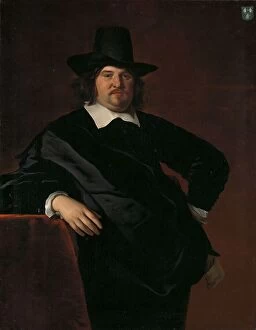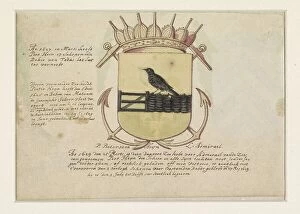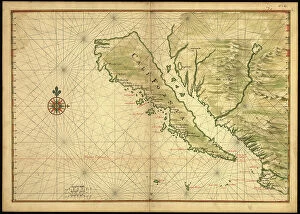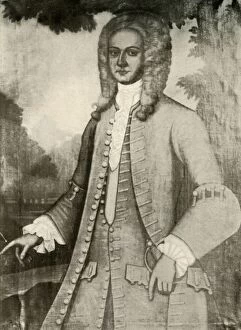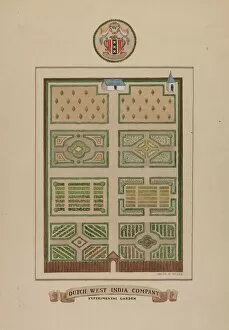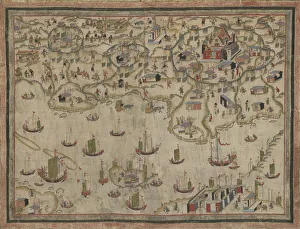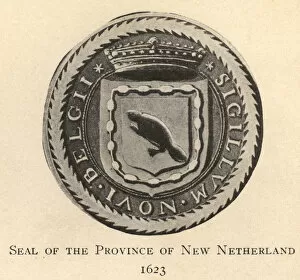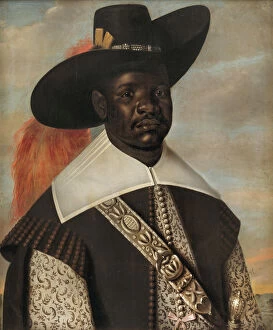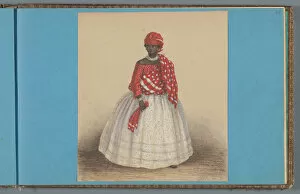Dutch West India Company Collection
"The Dutch West India Company
For sale as Licensed Images
Choose your image, Select your licence and Download the media
"The Dutch West India Company: Exploring the Legacy of a Maritime Powerhouse" Step back in time to the 17th century and immerse yourself in the captivating world of the Dutch West India Company. This influential trading enterprise left an indelible mark on history, shaping global commerce and colonization. Jan Baptist Van Rensselaer, depicted in his coat with cuffs reaching above the elbow, transports us to a bygone era where power and wealth were intertwined. His image captures the essence of this prosperous period. Intriguingly, we also encounter Cupido, a servant dressed in livery from 1766. This ink-on-paper artwork sheds light on the social dynamics within this company's ranks - a testament to their diverse workforce. The portrait of Thomas Ernsthuys further emphasizes individuality within this vast organization. Engraved during 1684-90, it showcases how each member played a unique role in driving its success. Meanwhile, gazing upon Abraham de Visscher's oil painting from 1650-67 reveals not only artistic mastery but also offers insight into the opulence that surrounded those involved with this prestigious venture. A glimpse into colonial life is granted through Margaretha van Raephorst's oil painting from 1668. It depicts an affluent family group alongside their black servant – highlighting both prosperity and inequality simultaneously. The iconic West India House stands tall amidst Amsterdam's bustling streets as seen in various etchings throughout different periods – be it its construction between 1623-26 or its later iteration captured around 1665. Venturing beyond Europe’s borders takes us to Paramaribo and Fort Zeelandia showcased vividly through watercolor artistry dating back to1772. These images transport us across oceans to witness firsthand the far-reaching influence of this powerful company. Lastly, Jacobus Elisa Johannes Capitein’s etching from c1742 introduces us to the diverse individuals who contributed to this maritime empire.

